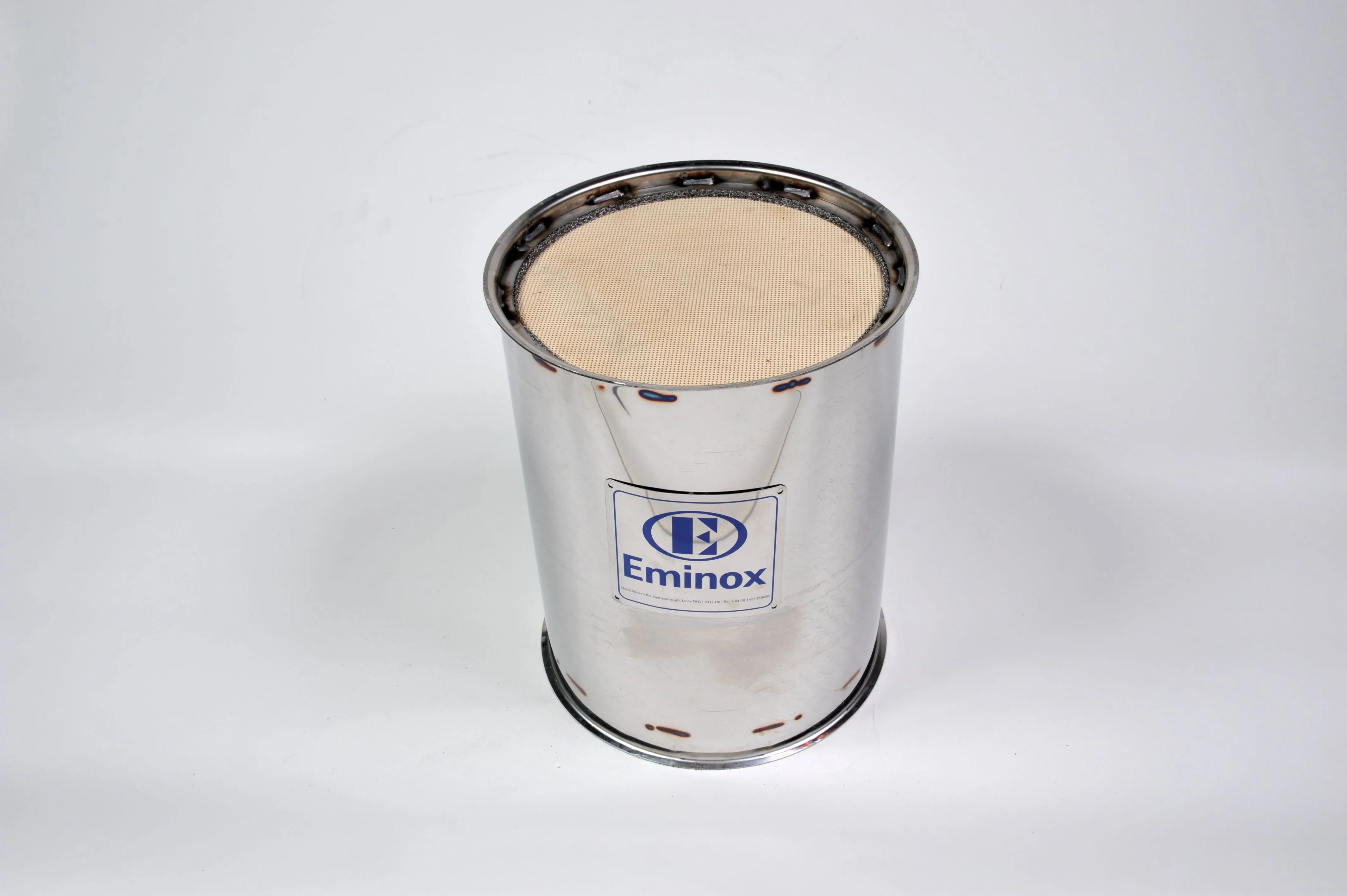Nissan Motor Company and the Beijing Municipal Commission of Transport will begin an eight-month large-scale demonstration test in the city's Wangjing district to verify the effects of traffic dispersion by dynamic route guidance with IT devices.
March 1, 2012
Read time: 2 mins
It is claimed that participants can expect reduced travel time and fuel consumption. From past simulations, findings show that traffic dispersion can clearly be expected with a 10 per cent adoption rate of the IT device. With the large-scale demonstration test in the Wangjing district, traffic dispersion can be measured and the accuracy of the simulation can be verified.
A study will also monitor energy and CO2 reduction resulting from the dynamic route guidance and eco-drive support. Devices to record detailed driving data are installed in the vehicles of about 600 Nissan drivers living in Beijing City who applied to participate in the study. This study will help show the effects of the demonstration test in a more detailed way.
The results of the tests will be shown regularly on the project website run by the Beijing Municipal Government, and excellent eco-drivers will be recognised by the government. In addition to these efforts, promotion and widespread use of dynamic route guidance and eco-drive support are expected to greatly contribute to mitigate traffic congestion and reduce CO2 emissions.








